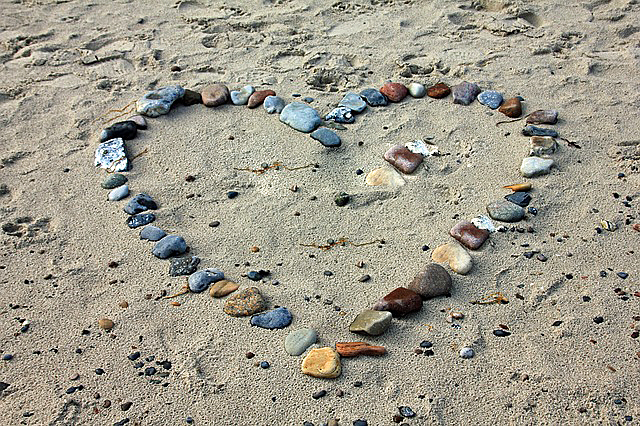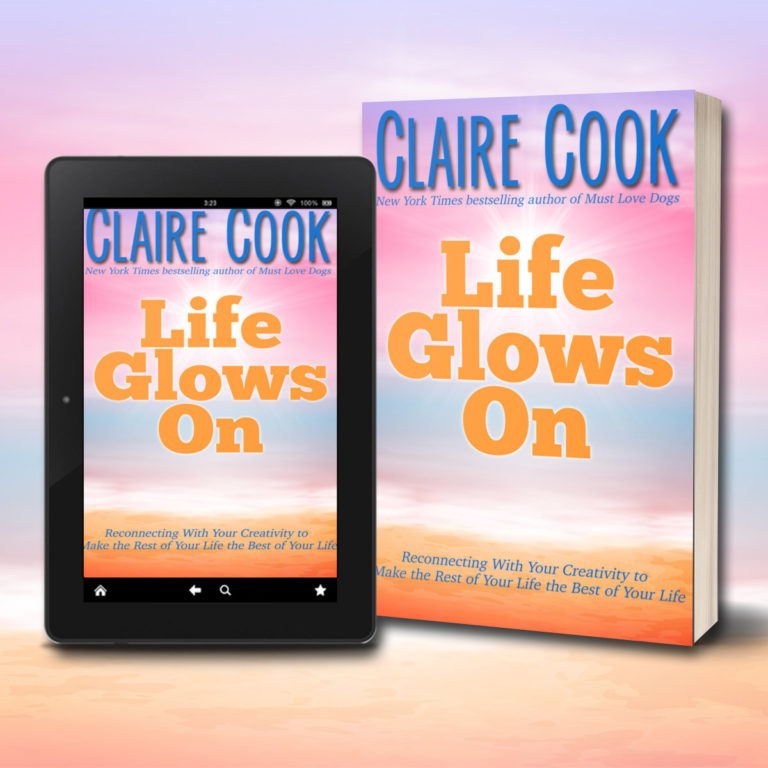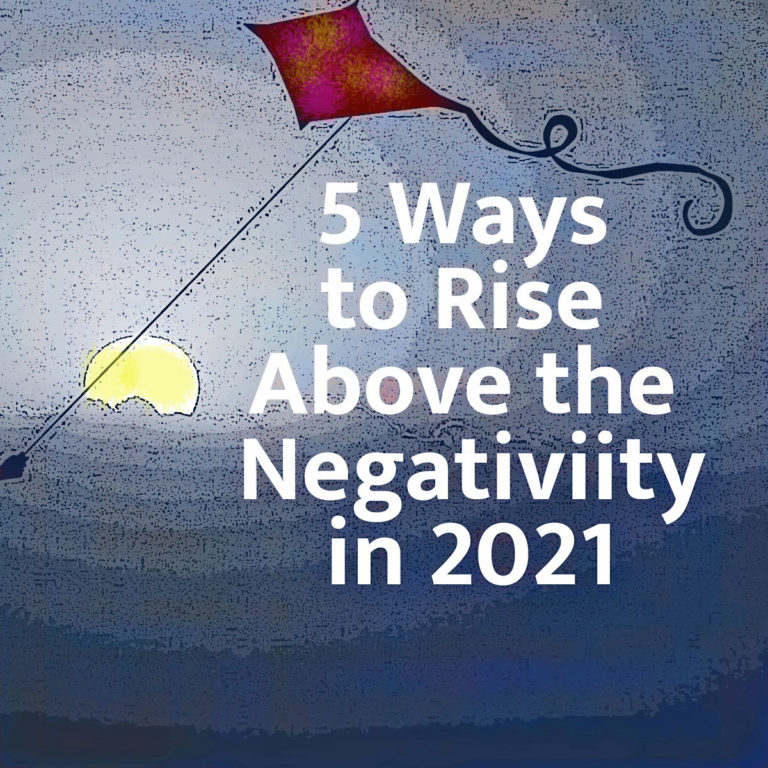In Case You Need to Hear This Today, Too
Some of you have reached out lately to tell me about roadblocks standing between you and your dreams. Believe me, I totally know what that feels like. In fact, I share what I’ve learned along the way in Life Glows On, so just in case you need a refresh, or haven’t read the book yet, here’s an excerpt for you:
Excerpted from LIFE GLOWS ON
© Claire Cook. All rights reserved.
So how do we know when to let go and move on to the next thing? How do we know when it’s time to give up?
It feels so good to complete something, to get that sweet rush of success when we meet a goal. After that, it’s the perfect time to reassess.
If we quit midway, it doesn’t feel good. It feels like failure. And that failure might be small and insignificant in the scheme of things, but it has a tendency to trigger memories of all the other things we’ve started and not finished. It can tear a surprisingly big hole in our self-esteem.
So hang in. Take it day by day. Finish what you set out to do. You’ll learn so much from the experience, about your creativity and about yourself. Even if you didn’t love it after all, it will help you choose your next thing. And when you finally find that click, you’ll recognize it and appreciate it all the more.
But what about those bigger, long-term, pie-in-the-sky goals? The destinations that our headlights can’t see in the fog, the ones we dream about as we toss and turn at night? Not that very achievable smaller thing, but the huge, go-for-it goal we’re hoping is waiting at the end of the long and treacherous road.
We’ve been painting and painting, but every art competition we submit our work to turns us down. We’ve been working so hard on our memoir, but not a single literary agent we’ve pitched has even asked to read it.
How do we know when we’re simply frittering our lives away on these dreams? How can we tell if we should just let them go and move on?
What I see over and over again are people who just didn’t hang in there long enough. A couple of waves knock them over, and instead of getting up again and brushing off the sand and positioning themselves for the next wave, they pick up their surfboard and go home. Or they let an imaginary rip current take them way out to sea. And then, after going through all that, when they finally swim the whole way back to shore, instead of reassessing and using all that hard-earned knowledge to take the next step, they jump to another project.
I get it. Failure is awful. It’s demoralizing. It’s embarrassing. But here’s the truth. Everybody fails. And if you try to keep your life really small and unassuming to avoid failing, you’re still going to fail. You’ll just have smaller failures, and you’re going to miss a whole bunch of growth and satisfaction. So you might as well go for what you really want.
“If what you’re doing is significant,” I say in Never Too Late, “of course you’re going to fail. In fact, if you can’t remember the last time you failed at anything, you might want to step it up a little. You might be playing it way too safe and easy.”
Failure can really take us by surprise. It catches me every time. I don’t know if my setpoint is to be naturally optimistic, or if I’m just really good at denial, but I’m always at least a little bit shocked when something doesn’t work out the way I imagined it. It’s no fun.
There are lots of versions of the saying don’t quit before the miracle floating around right now. But the sentiment has been around for a long time. Even Thomas Edison said, “Many of life’s failures are people who did not realize how close they were to success when they gave up.”
Think about that. What if you quit today and your big dream could have happened tomorrow, or next week, or next year? And you’ll never know.
It’s what we do after our inevitable failures that matters most. We can consciously flip those failures into fuel and use that energy to drive us forward. Personally, as soon as I hit a dead end, I let myself whine and wallow and get all pathetic and feel ridiculously sorry for myself. I used to give myself twenty-four hours, but I’ve failed enough by now that I’ve streamlined the process down to a few hours. After that, even I’m sick of my dramatics.
And then I ask: What else is possible? What’s my next step?
Because if we want to get where we’re going, it’s all about tenacity. Failure is just a stepping stone. It teaches us what to do differently to get to the next stepping stone. It makes us resilient and helps us fine-tune our focus.
For each of us, I think there’s a sweet spot between what we have to offer the world and what the world is looking for. We just have to hang in there until we find it.
Keep reading Life Glows On at this link: https://amzn.to/3A0vmN2
Talk to you soon!

CLAIRE COOK wrote her first book in her minivan at 45. At 50, she walked the red carpet at the Hollywood premiere of Must Love Dogs, starring Diane Lane and John Cusack, which is now an 8-book series. Claire is the New York Times, USA Today and #1 Amazon bestselling author of 22 fun and inspiring books for 40-to-forever women, including Life Glows On: Reconnecting with Your Creativity to Make the Rest Of Your Life the Best of Your Life. Join Claire’s newsletter list and get your free gift at ClaireCook.com.






